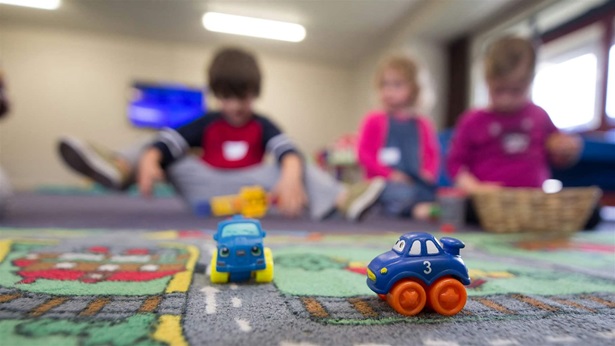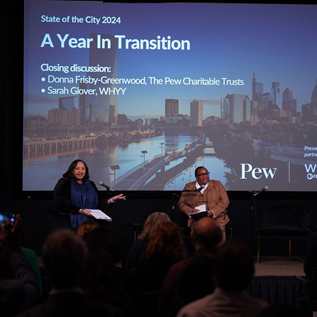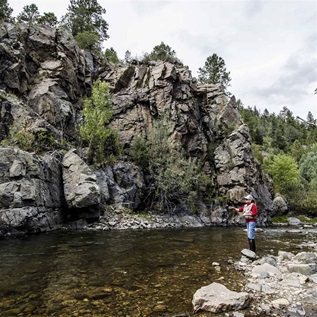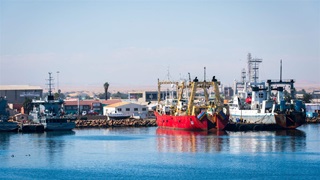States Face Challenges and Opportunities Using One-Time Federal Pandemic Aid
Officials share how they allocated the funds to avoid fiscal risks

As the COVID-19 pandemic unfolded, state policymakers faced the challenge—and opportunity—of allocating billions of dollars in federal relief aid in ways that would not create fiscal risks in future years. On March 19, The Pew Charitable Trusts convened a panel with state government officials to discuss the steps they took to mitigate those risks.
At the session, Taylor Caswell, commissioner of the New Hampshire Department of Business and Economic Affairs, and Kimberly Murnieks, director of the Ohio Office of Budget and Management, both reinforced the takeaways and recommendations made in Pew’s recent report, “Pandemic Aid: How States Safeguarded Against Future Budget Challenges.” Key recommendations from the report included that governments that receive such one-time funds should prioritize addressing acute needs, use funds for one-time investments, and work to limit risks when spending on operational expenses.
Caswell and Murnieks discussed how the influx of federal aid provided support during the health emergency that had significant economic repercussions. They said the aid allowed their states to invest both in areas of need that arose because of the pandemic, such as shortages in assisted living and health care facilities, and in backlogged projects that would have otherwise taken years to accomplish. But the size and flexibility of the aid also meant that recipients had the potential to expose themselves to fiscal risks, a theme highlighted by Rebecca Thiess of Pew’s managing fiscal risks project in her presentation of the report’s analysis and findings.
Caswell said that in New Hampshire the one-time nature of the funds was always front of mind. “[R]ight from the very beginning there was a strong sense that these [funds] were not going to be used, to the extent that we could avoid it, for anything other than those [types] of one-time investments,” he told the audience.
Murnieks echoed this sentiment: “We have continually stressed the one-time nature of these dollars and really the historic opportunity that they brought.”
She added that the state had created the Ohio Grants Partnership just before the pandemic, and that office set the tone after Congress enacted the Coronavirus Aid, Relief, and Economic Security (CARES) Act in 2020. The goals would be to prioritize actions that would avoid creating budget cliffs and to maintain the state’s rainy day fund. Murnieks added that the state had already learned these lessons from the Great Recession, which lasted from late 2007 to mid-2009.
Both officials emphasized that their states’ one-time investments made a lasting impact and helped them recover from the pandemic. Still, while prudent fiscal stewardship limited the risk of ongoing commitments, state policymakers should be aware of how they manage the remainder of the allotted pandemic aid and one-time federal aid in the future. As recipients enter the final months to obligate funds before the Dec. 31 deadline to do so, they should consider the impact that their decisions may have on long-term fiscal stability.
Kate Watkins is an associate and Laura Pontari is an associate manager with The Pew Charitable Trusts’ managing fiscal risks project.

















